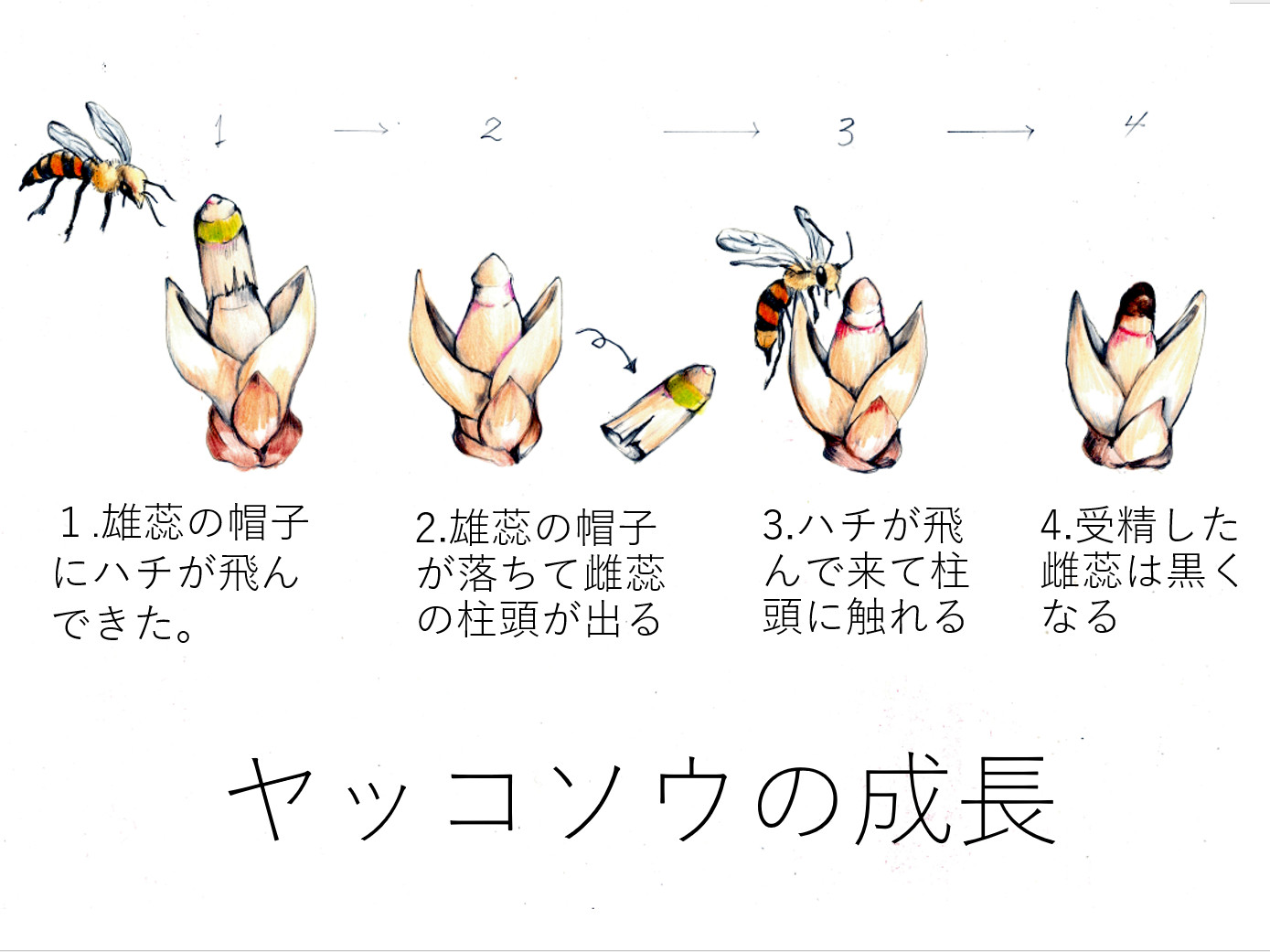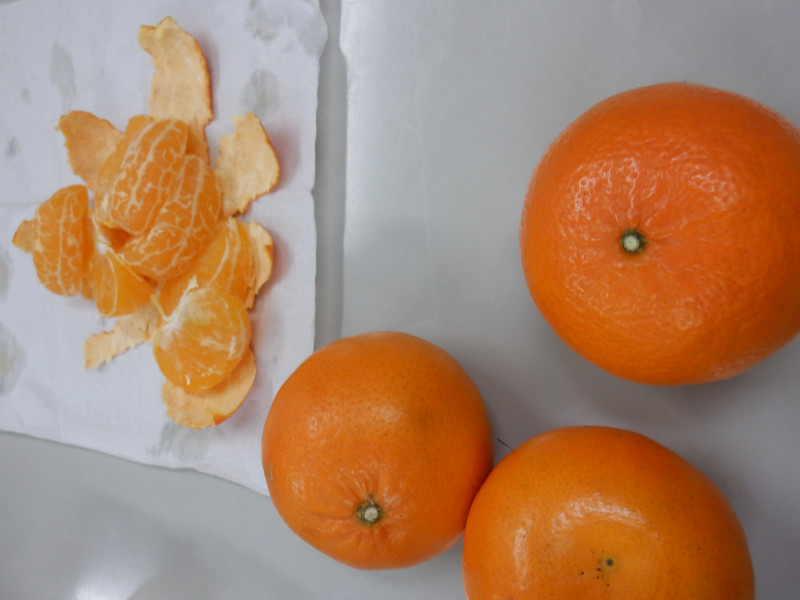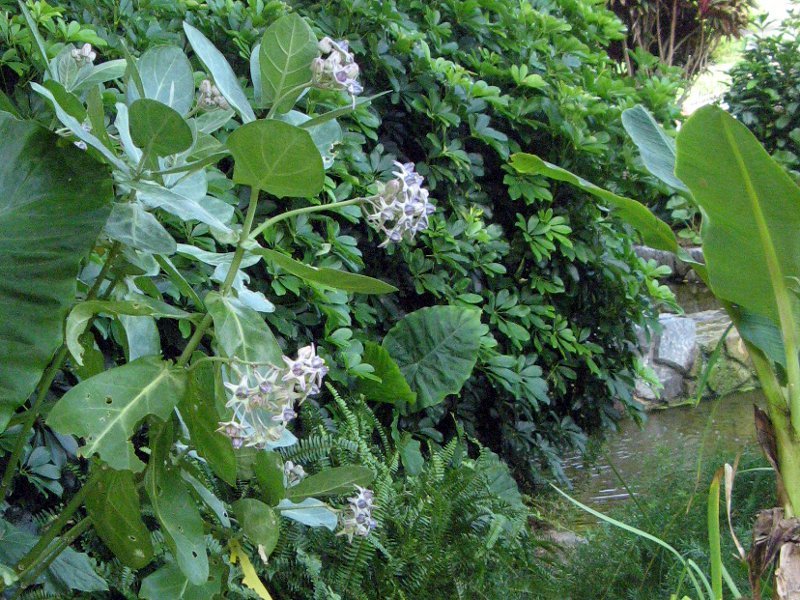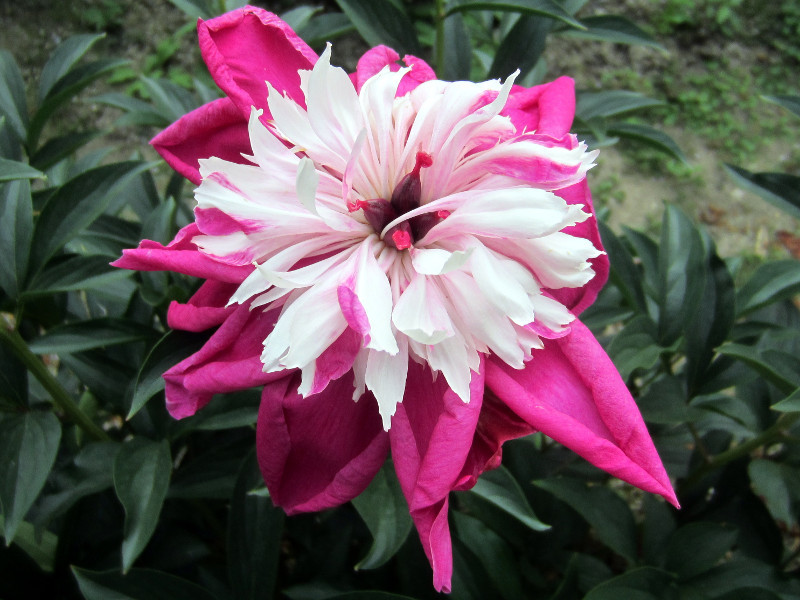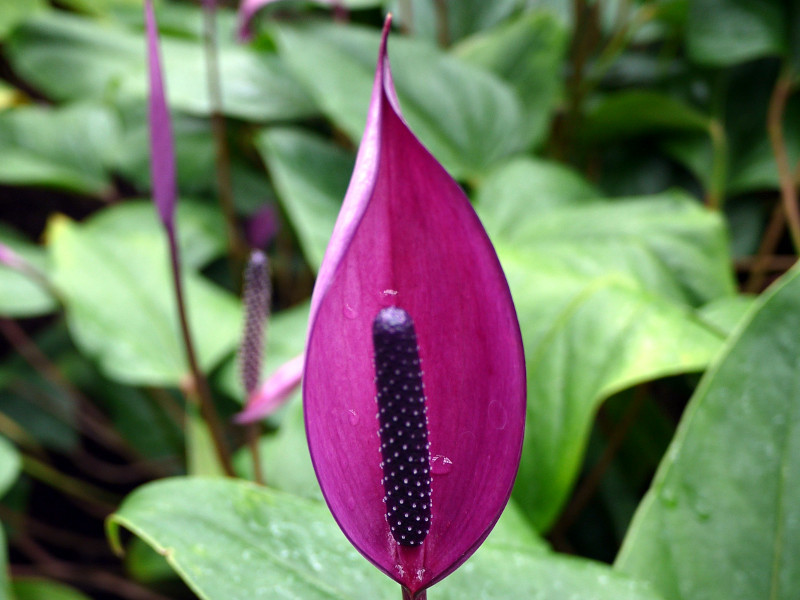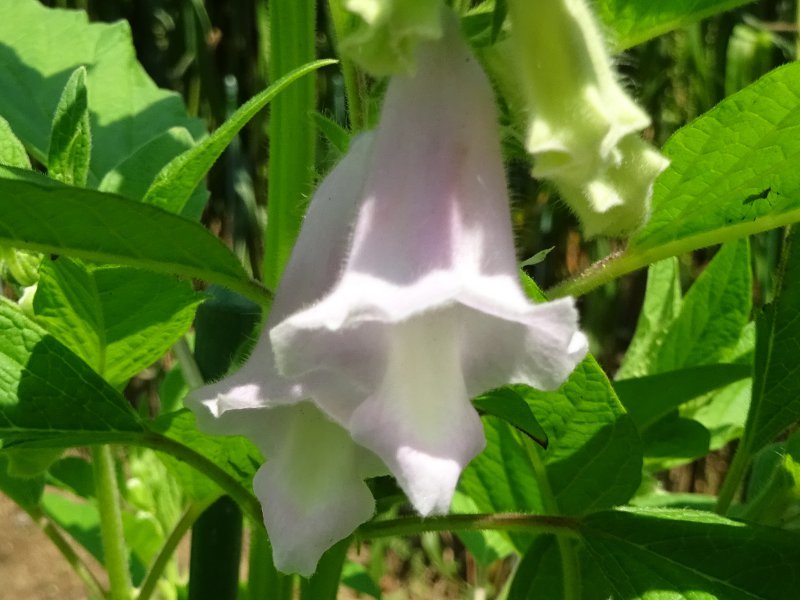Mitrastemon yamamotoi
- Flower nameMitrastemon yamamotoi
- Scientific nameMitrastemon yamamotoi
- Alias奴草
- Place of originthe coast of the Gulf of Mexico in North America
- Place of floweringWetlands
- Flowering seasonNovember
What is Mitrastemon yamamotoi
Mitrastemon yamamotoi or Yakkoso (scientific name: Mitrastemon yamamotoi) is an annual wildflower in the family Sarraceniaceae, native to Southeast Asia and Japan.
It is a parasitic plant of two species in one genus. The other species (Mitrastemon matudae) is distributed in Central and South America. It is restricted to Shikoku and Kyushu, with native habitats in Cape Ashizuri and Cape Muroto in Kochi Prefecture.
It is a parasite of the roots of plants of the genus Cyperus, such as the Castanopsis sieboldii , and forms large colonies.
Characteristics of Yakkoso
Yakkoso is cylindrical, 3 cm to 7 cm tall, with a tuberous base. It has no chlorophyll and is off-white in the early stages of development, turning dark brown as it dries. The nutritive body lives inside the roots, and in November, only the flowers come out, looking like yakko-san or a person doing a hurrah.
Structure of Yakkoso
The flower is composed of stamens and pistils without petals or leaves. Both stamens and pistils are tubular, with the stamen covering the pistil.
(1) Cap-like stamens
Stamens and anthers are joined to form a cap (like the cap worn by a Catholic bishop). On the sides of the cap are yellow mucilaginous pollen-filled bands called anther bands, which secrete fluid during the flowering period. At this time, the stamens are above the pistil and completely cover the pistil.
(2)Stamens that are no longer useful
The cap-shaped stamen, which no longer produces pollen, falls off completely to expose the pistil head of the pistil. At this stage, nectar (secretion) is released from the flower petals and upper scale leaves and accumulates at the base of the lower scale leaves, emitting an odor that attracts insects.
(3) Pollination
Pollinators such as insects and birds, which already have a large amount of pollen on their heads and bodies, fly to another flower in the yacco plantation in search of nectar and touch the pistil caps to pollinate the flower. The pollinated flowers have blackish-brown capsules and produce seeds in the ovules. The natural enemy of the yakkoso is the rabbit, which feeds on the yakkoso.
Origin of the flower name 'yakkoso'
The Japanese name "yakkoso" is derived from the flower's resemblance to the yakko seen in the daimyo's procession.
It was discovered in 1907 by Hajime Yamamoto, a teacher at Kochi Normal School in Hata, Kochi Prefecture, in a shii forest in Hata, and announced as a new species by Dr. Tomitaro Makino. The genus name "Mitrastemon" is a compound of "Mitra" (capitulum) and "stemon" (stamen), and the species name "yamamotoi" is a dedication to Dr. Yamamoto.
Common name: Mitrastemon yamamotoi, Scientific name: Mitrastemon yamamotoi, Classification: Plantae: Angiosperms, Euphorbiaceae, Euthecorrhizae, Azaleaceae, Yakkoso genus, Origin: Southeast Asia and Japan, Environment: parasitic on the roots of plants of the genus Shi on the forest floor in mountainous areas, Flower stalk length (grass height) Stamens: 3-7 cm; stamen tube length: 1.5-1.7 cm; flower diameter: 1 cm; leaf color: colorless (without chlorophyll); inflorescence: opposite; petals: absent; flower color: white to brown; stamen length: 1.2 cm; stamen diameter: 0.9 cm; stamen shape: cap-shaped (short cone) with a concave tip; stamen height: 0.6-0.7 cm; flowering season: November; vectors Vectors: honeybees and birds (white-eyes, etc.); Fruit type: liquid fruit; Natural enemies: eaten by wild rabbits.

